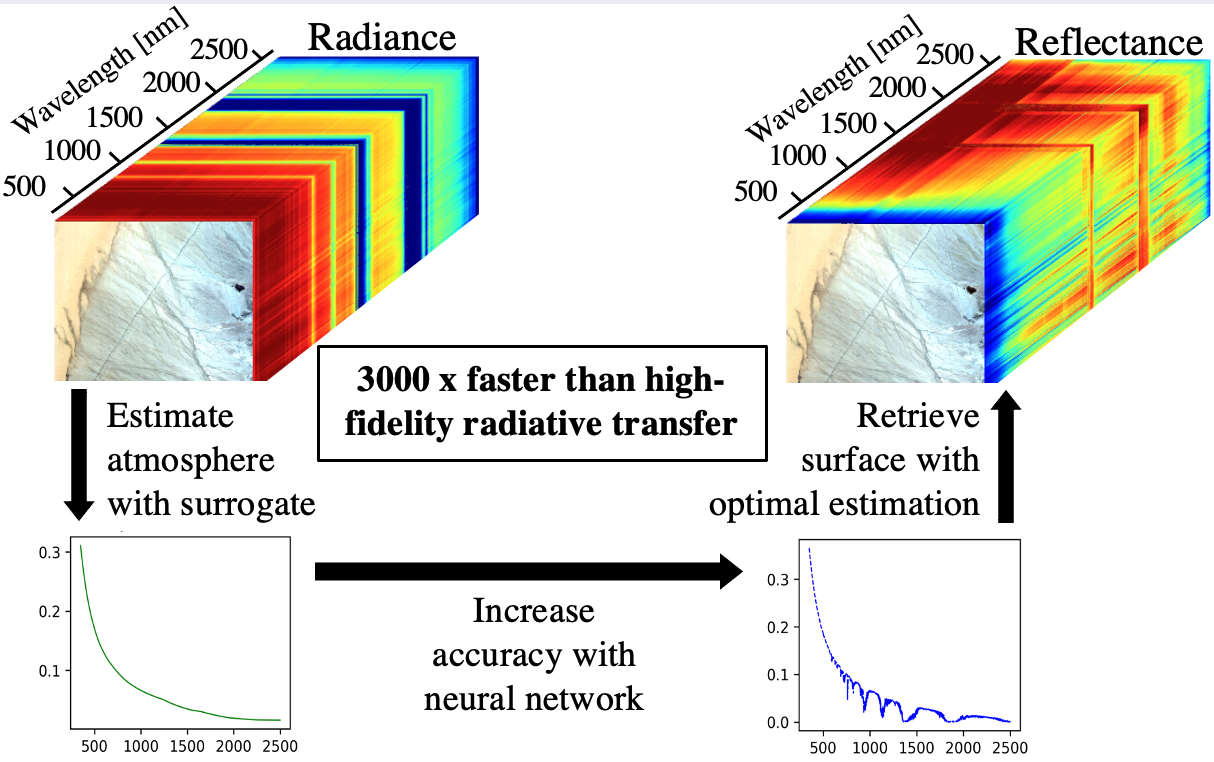
Generalized radiative transfer emulation for imaging spectroscopy reflectance retrievals
Estimating reflectance from imaging spectroscopy at large scales requires radiative transfer models - which are slow and expensive. Here, we built one that uses surrogate models and neural networks that is fast and open source.
2021
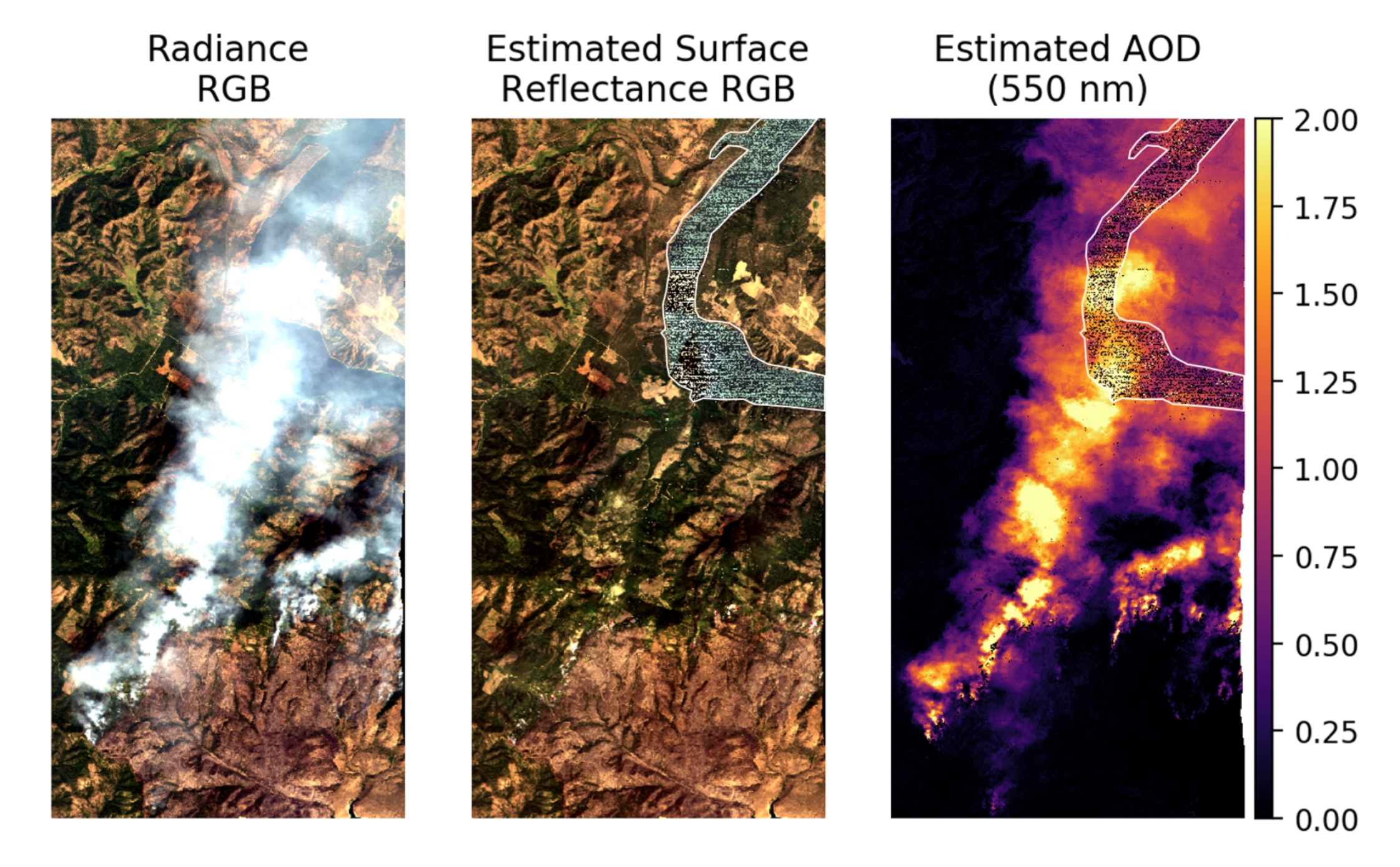
Simultaneous characterization of wildfire smoke and surface properties with imaging spectroscopy during the FIREX-AQ field campaign
Both surface and atmospheric properties are critical for Earth system science. In this work, we retrieve both dense smoke plume characteristics and the surfaces beneath them.
2021

Uncovering Ecological Patterns with Convolutional Neural Networks
Despite their prevalence in image processing, CNNs have been relatively slow to be adopted in the context of ecology. This, however, is rapidly changing, and in this review we discuss emerging trends, good practices, and what lies ahead for CNNs in ecology.
2019
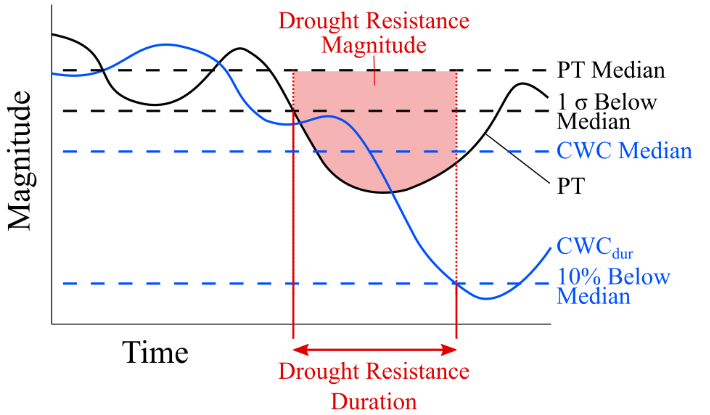
Forest drought resistance at large geographic scales
As hot droughts become more frequent and more severe, it is important for long‐term forest management to understand which forests are at risk and which have the capacity to withstand these events. The findings in this California-based study are an important first step towards assessing spatially explicit forest stability in the face of a changing climate.
2019
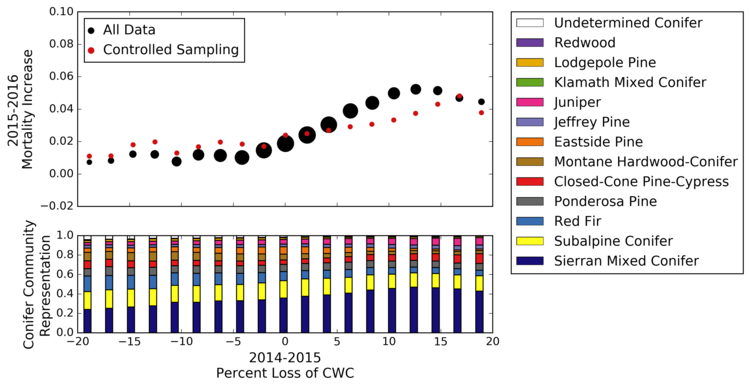
Remotely sensed predictors of conifer tree mortality during severe drought
Changes in canopy water content can be used as an advance indicator of tree mortality. We explore this relationship in a variety of conifer communities throughout the Sierra Nevada in California.
2017
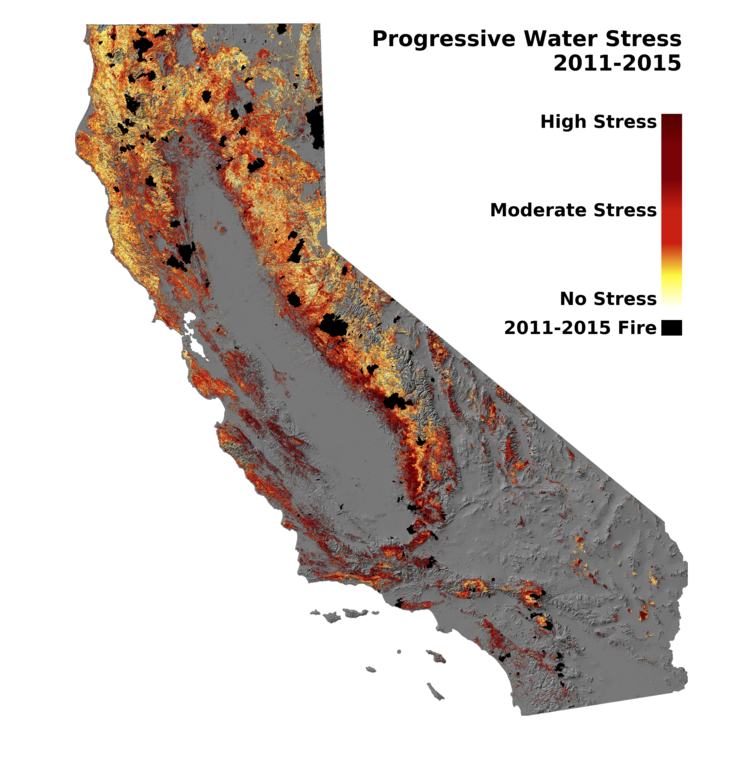
Progressive forest canopy water loss during the 2012–2015 California drought
California underwent a drought of historic proportions between 2012 and 2015, and the effects still resonate today. This study explores trends in canopy water content in forests throughout the state.
2016